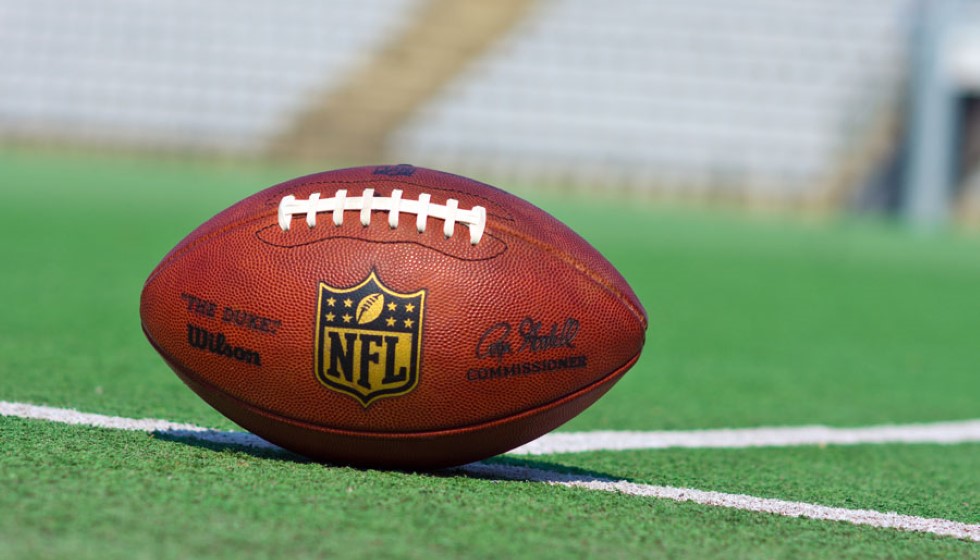
The NFL's Next Big Play: Who Will Take Over the Jersey Helm?
As the NFL's current contract with Nike approaches its expiration in 2027, attention turns to what might be one of the most consequential bidding processes in sports apparel. Since taking over the manufacturing mantle from Reebok in 2012, Nike has not only provided uniforms for the league but has significantly integrated its branding with America's most popular sport.
Given the enormity of Nike's association with the NFL over the past decade, the upcoming bidding process, described as "open and active," has already created waves across both sports and business communities. The NFL's decision on who will design and supply their uniforms for the following years will inevitably influence far more than just the material worn by the players on the field.
History and Impact
Nike's reign began by replacing Reebok, who had been the previous supplier. Before that, individual teams struck up deals with various brands, such as Adidas, Logo, Puma, and Starter, leading to a less unified appearance across the league.
Nike's ability to consolidate uniform design under one brand marked a new era for the league, leveraging uniformity to strengthen the NFL's collective brand while ensuring financial gain. One standout aspect of their deal was the introduction of up to three distinct helmet styles, allowing teams a level of creative expression and fans something new to look forward to each season.
Additionally, Nike's presence has facilitated significant uniform redesigns for teams like the Denver Broncos and Houston Texans, demonstrating the power of design evolution in keeping a franchise fresh and engaged with its fan base.
Commercial Strategy and Branding
The NFL's apparel deals are pivotal to its wider commercial strategy, intertwining financial benefits with branding and fan engagement. Beyond the field, these agreements influence merchandise sales, marketing campaigns, and even cultural perceptions of the sport itself. Team merchandise becomes emblematic of a fan's identity, and the designs that Nike has rolled out over the years play a crucial role in how these identities are crafted and conveyed.
The open bidding process signals the NFL's willingness to explore new partnerships that may offer even more innovative approaches to apparel. The stakes are high, not just in terms of financial metrics but also in shaping the aesthetic and cultural impact of the league moving forward.
Looking to the Future
As we anticipate the conclusion of Nike's term in 2027, the focus is not only on who will secure the next deal but also on what values and visions they will bring to the table. The successor will have the monumental task of following in Nike's substantial footsteps while imprinting their own brand DNA onto the league.
The narrative of sports is as much about the play as it is about the players—and, by extension, what they wear. Thus, the NFL's impending decision will reverberate through sports culture, business strategy, and ultimately, fan engagement.
In this active and open-minded bidding climate, the NFL has the opportunity to open a new chapter of design and innovation that could redefine the visual and commercial contours of professional football for years to come.